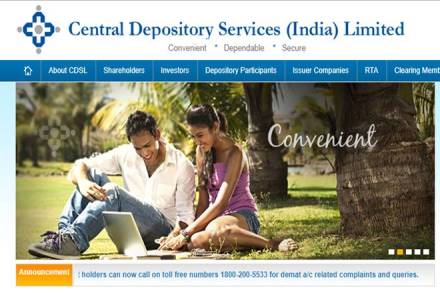A deeper look at CDSL’s revenue reveals even the sub heads (transaction income, IPO corporate charges) emanate from diverse set of small fees that CDSL charges. Along with that, the metaphorical ‘quiver’ includes unchartered streams (academic records, warehouse receipts, GST Suvidha etc) which lend immense scalability to CDSL’s business model. Understanding revenue growth is key to CDSL due to (1) a fixed cost business (for most revenue streams) locking in EBITDA margin at 60%+, (2) virtually no capex resulting in a minimal depreciation charge, and (3) debt-free status. Hence improvements in revenue growth would flow down to PAT and generate FcFF.
Globally, most countries have only one depository though some like India have a maximum of 2 depositories. Apart from CDSL, only one other depository (Peru – Cavali) is listed. Need to access capital markets do not arise as business generates high cash and has minimal capex requirements.
Balance Sheet of CDSL is quite similar to the Rating Agencies (Crisil, Icra and CARE) with 90% of capital employed being cash and investments This results in high ex-cash RoCE. Average capex for CDSL in the last 5 years has been low at Rs 6 crore. We expect revenue growth of 17% (FY17-20), ~65% margin and RoE of 20% (compresses because of cash on books).
Given the stable nature of cash-flows, we use DCF to value CDSL. We build in 12% revenue/earnings CAGR (beyond FY20) and 250 bps compression in margin by FY30. With 11.5% discount rate, we arrive at FY20 value of R370 (24% upside; implied P/E of 30x FY20E). Many of the revenue streams of CDSL fall under regulatory purview. Also, the company faces strong competition in unregulated sectors. Hence increasing prices may be difficult for CDSL and may result into market share loss.
